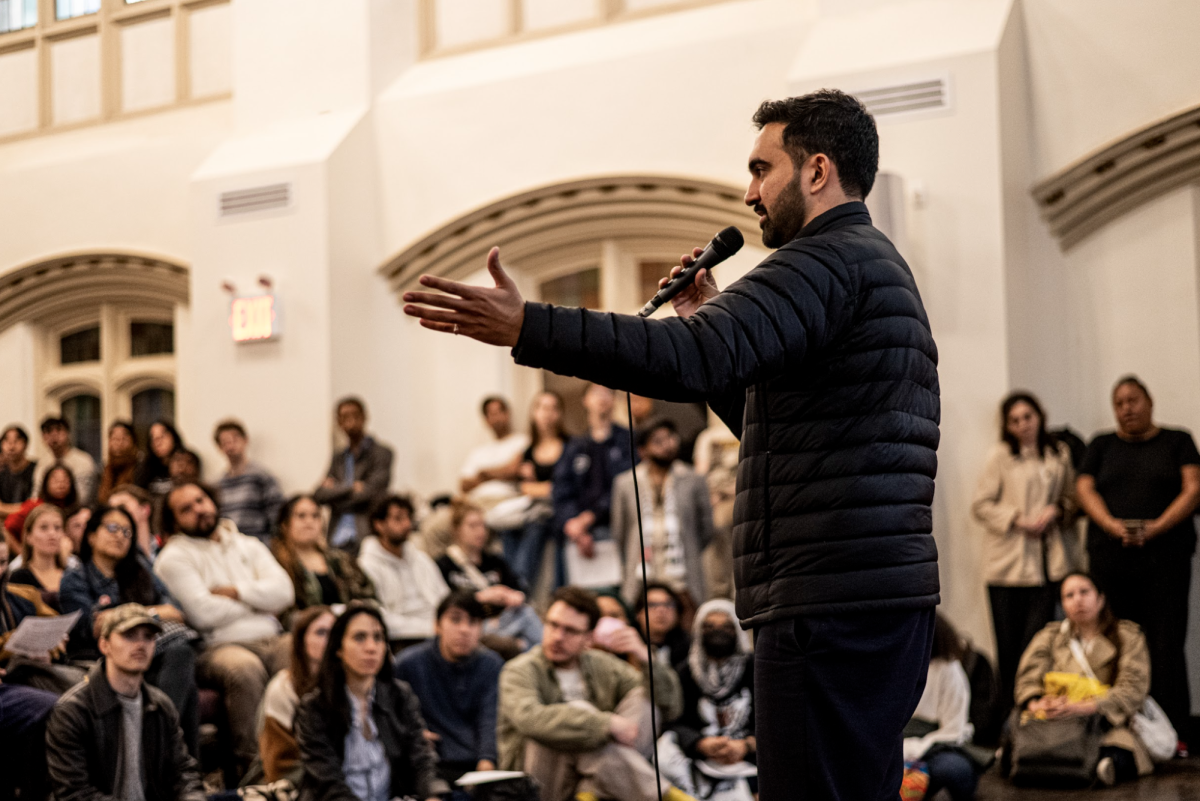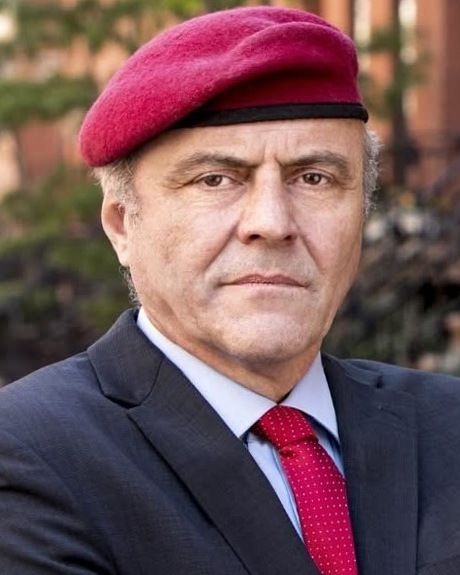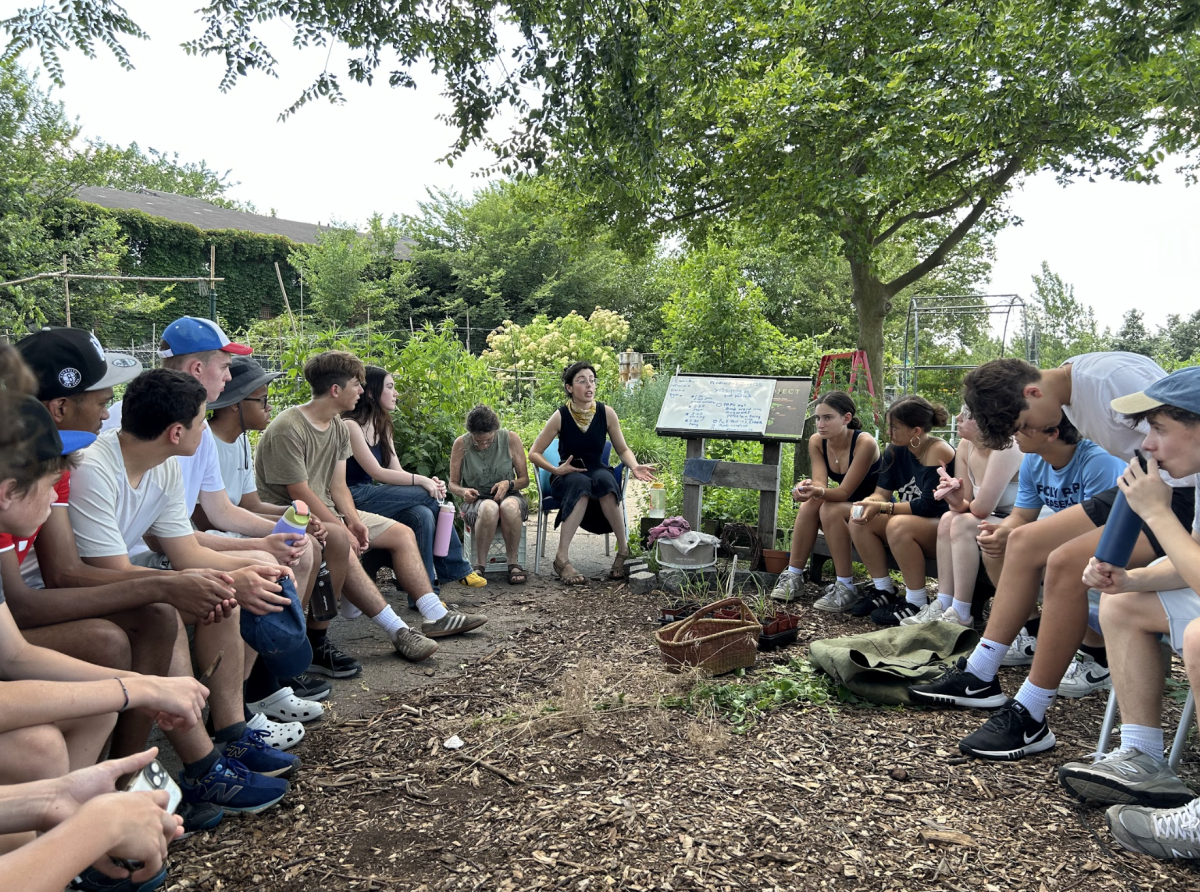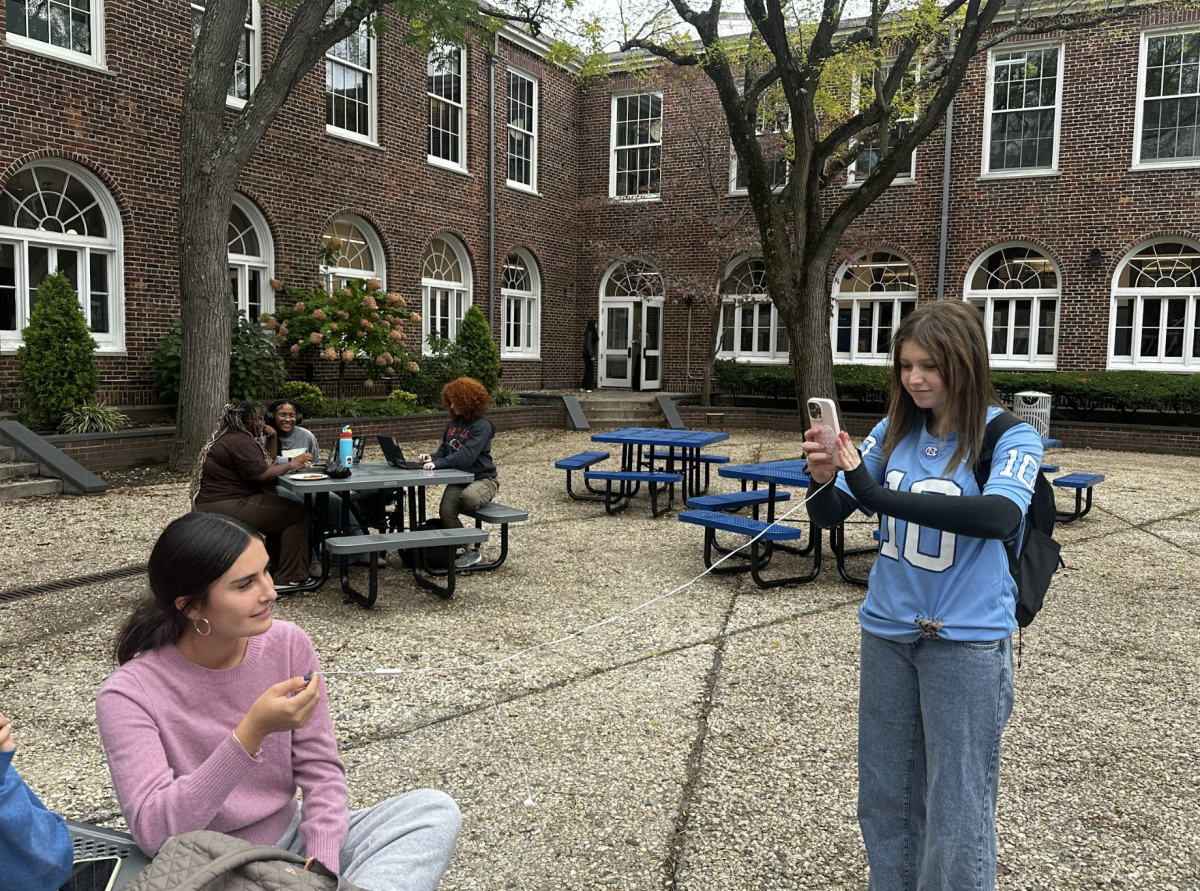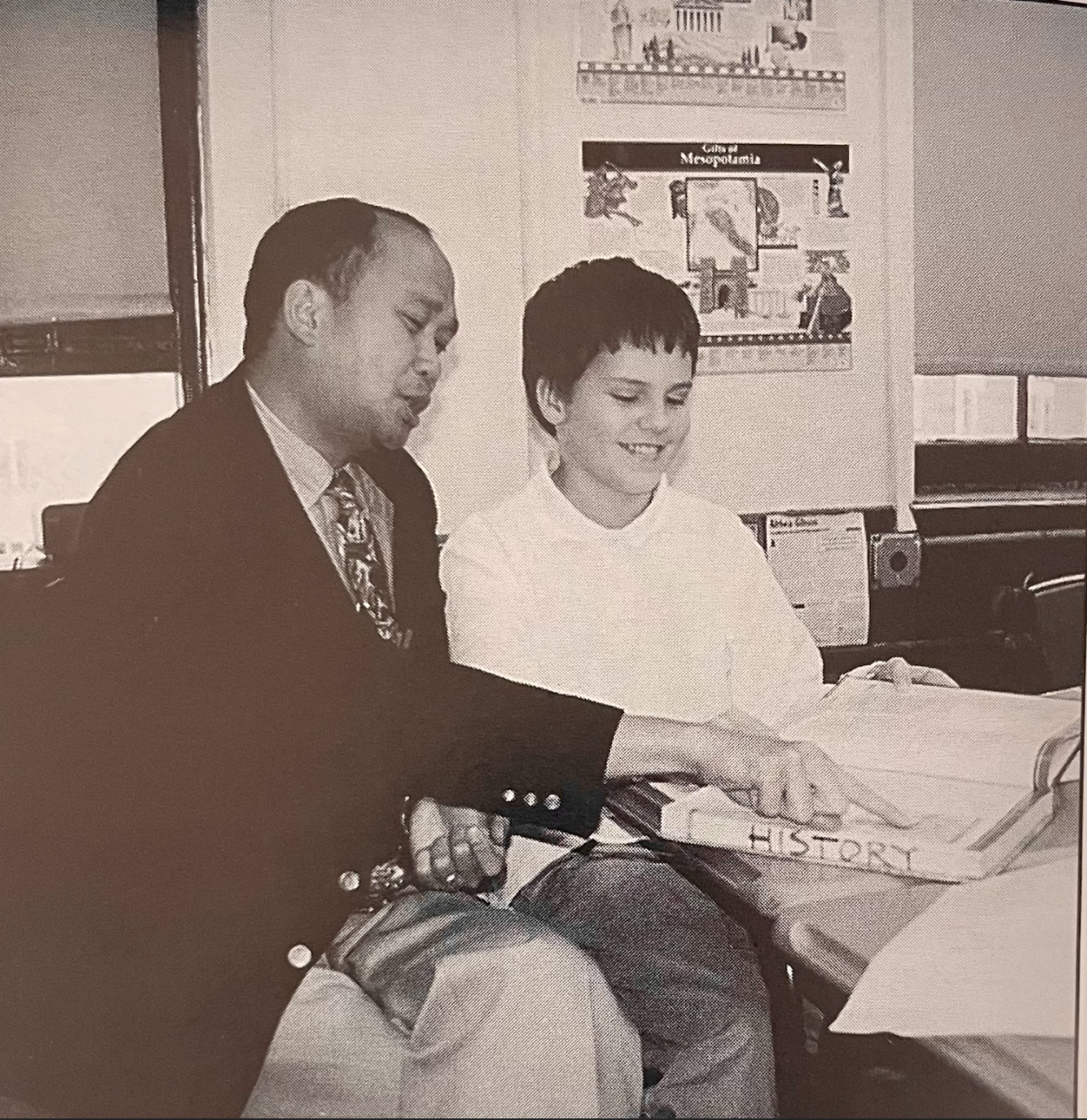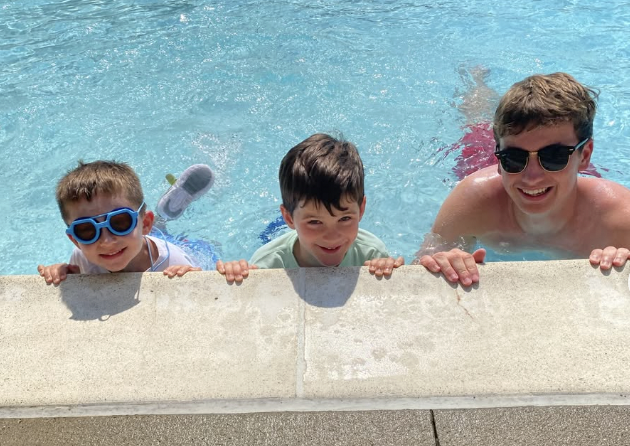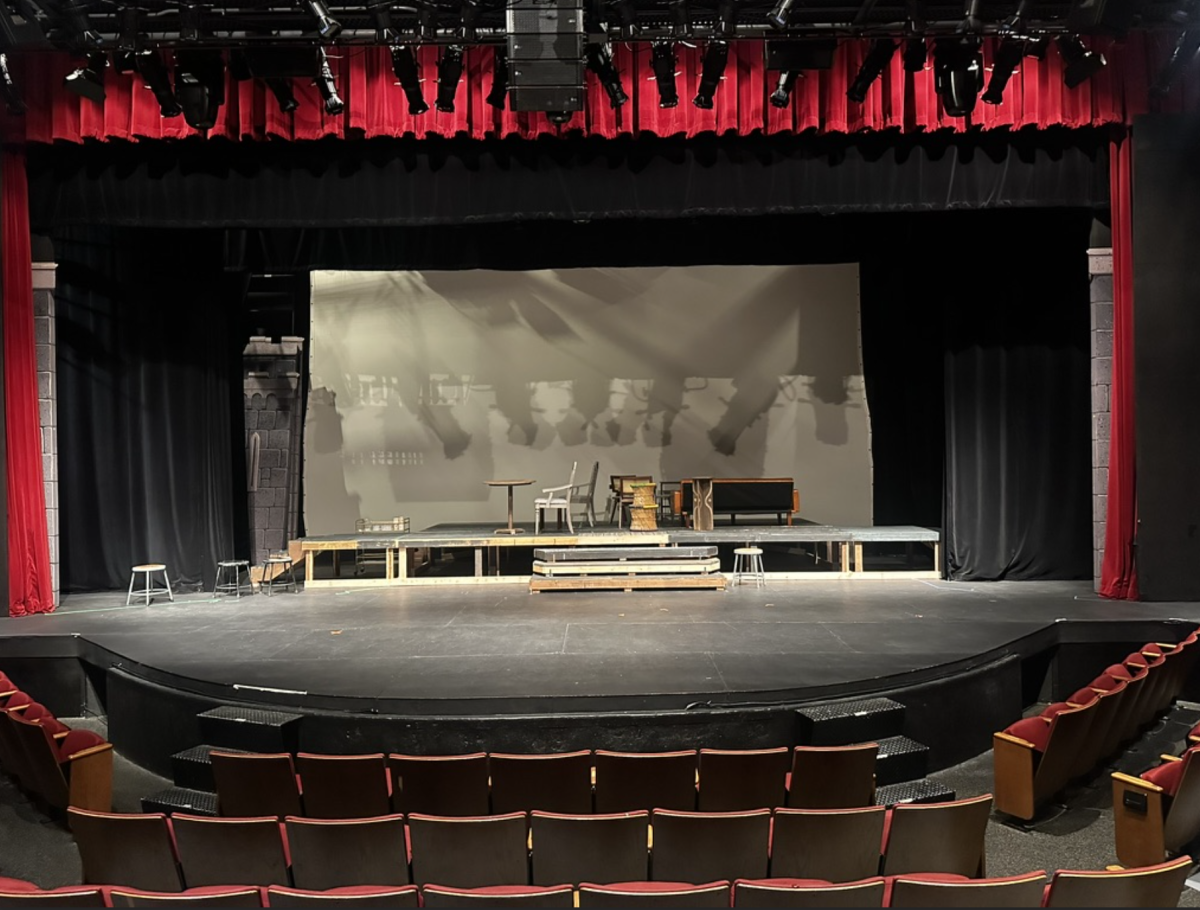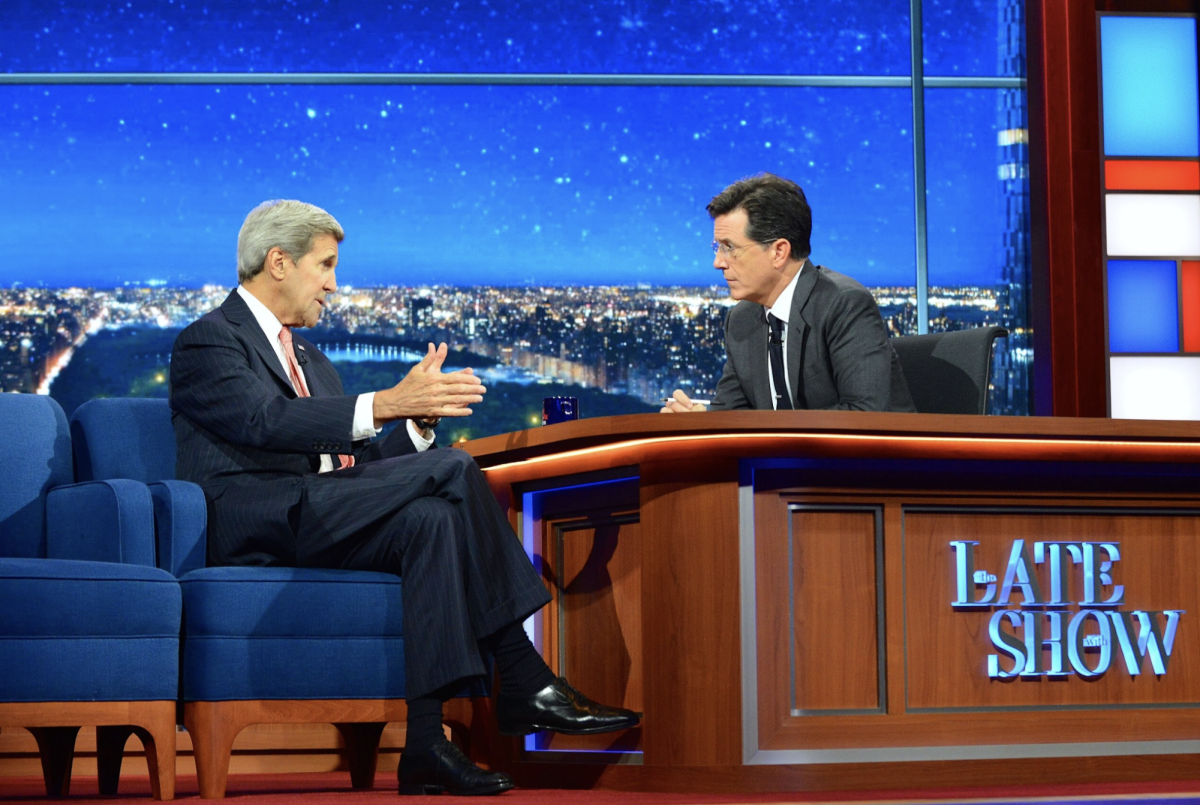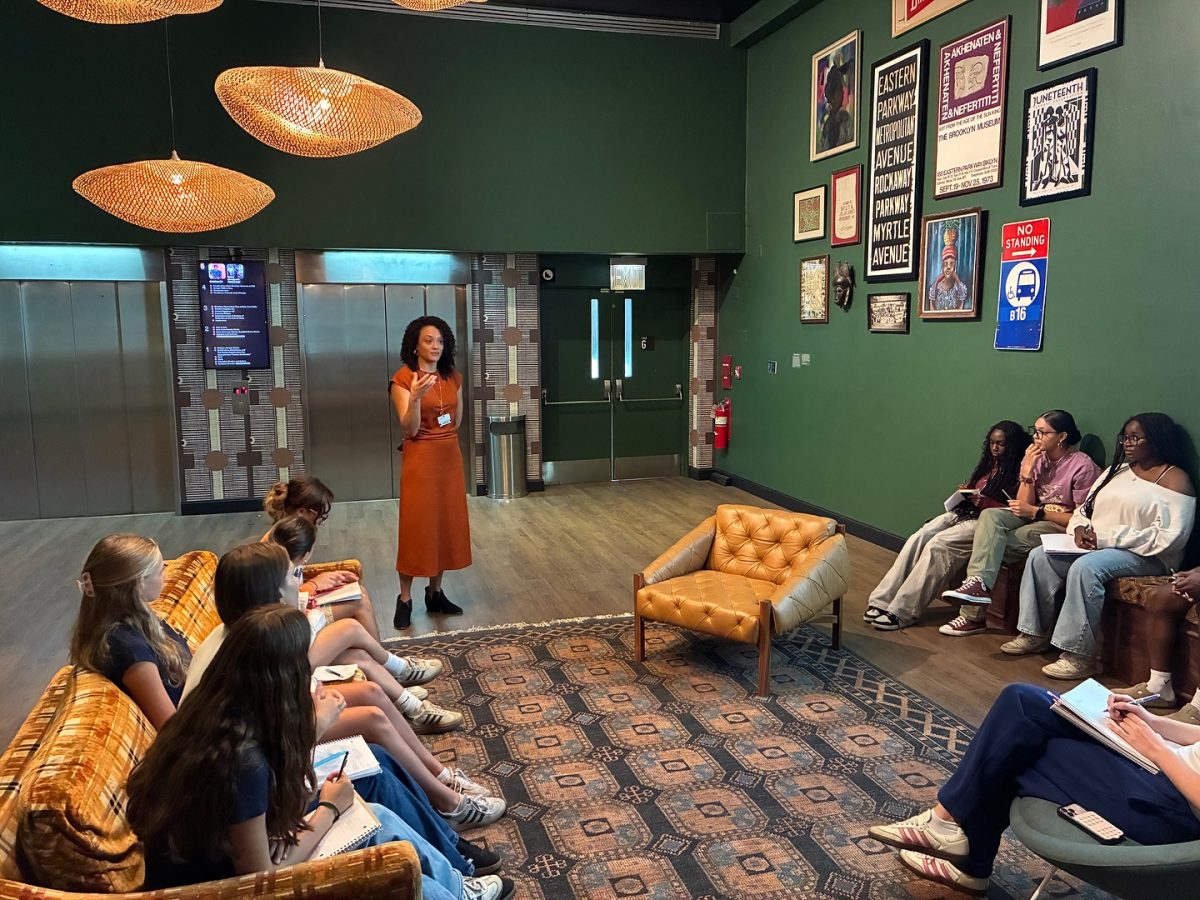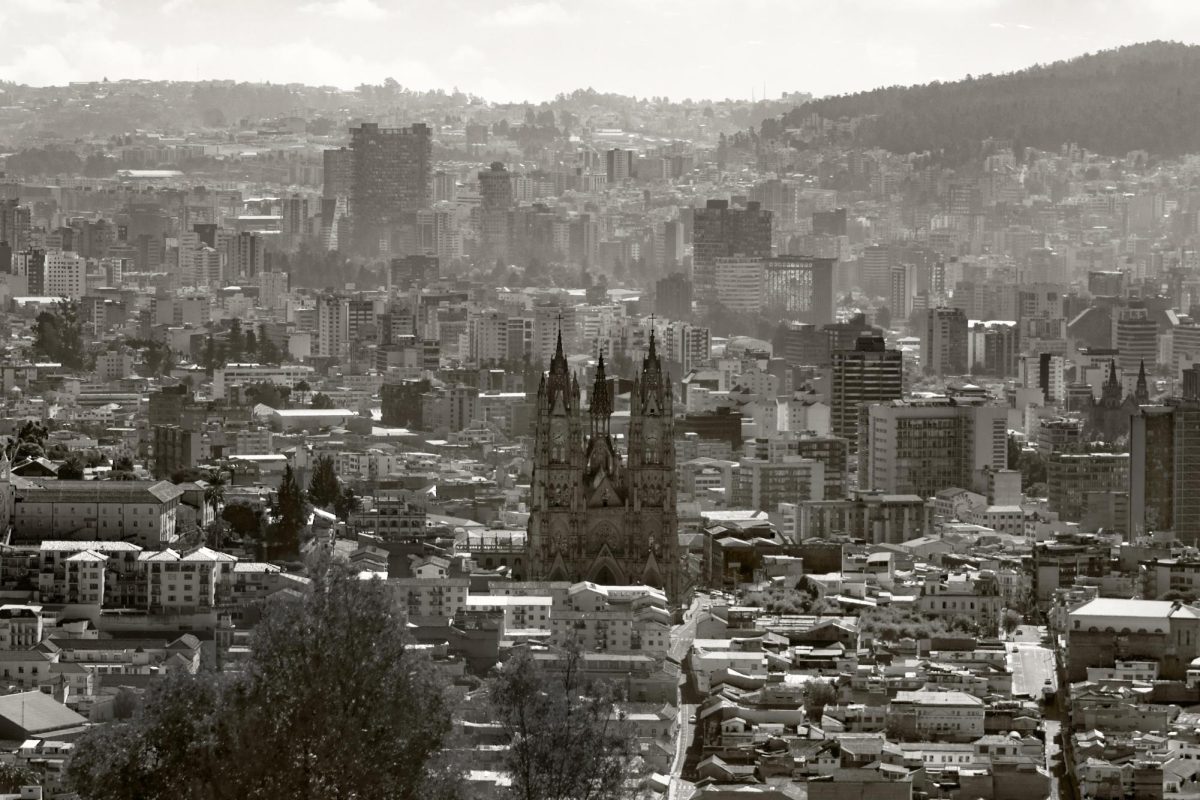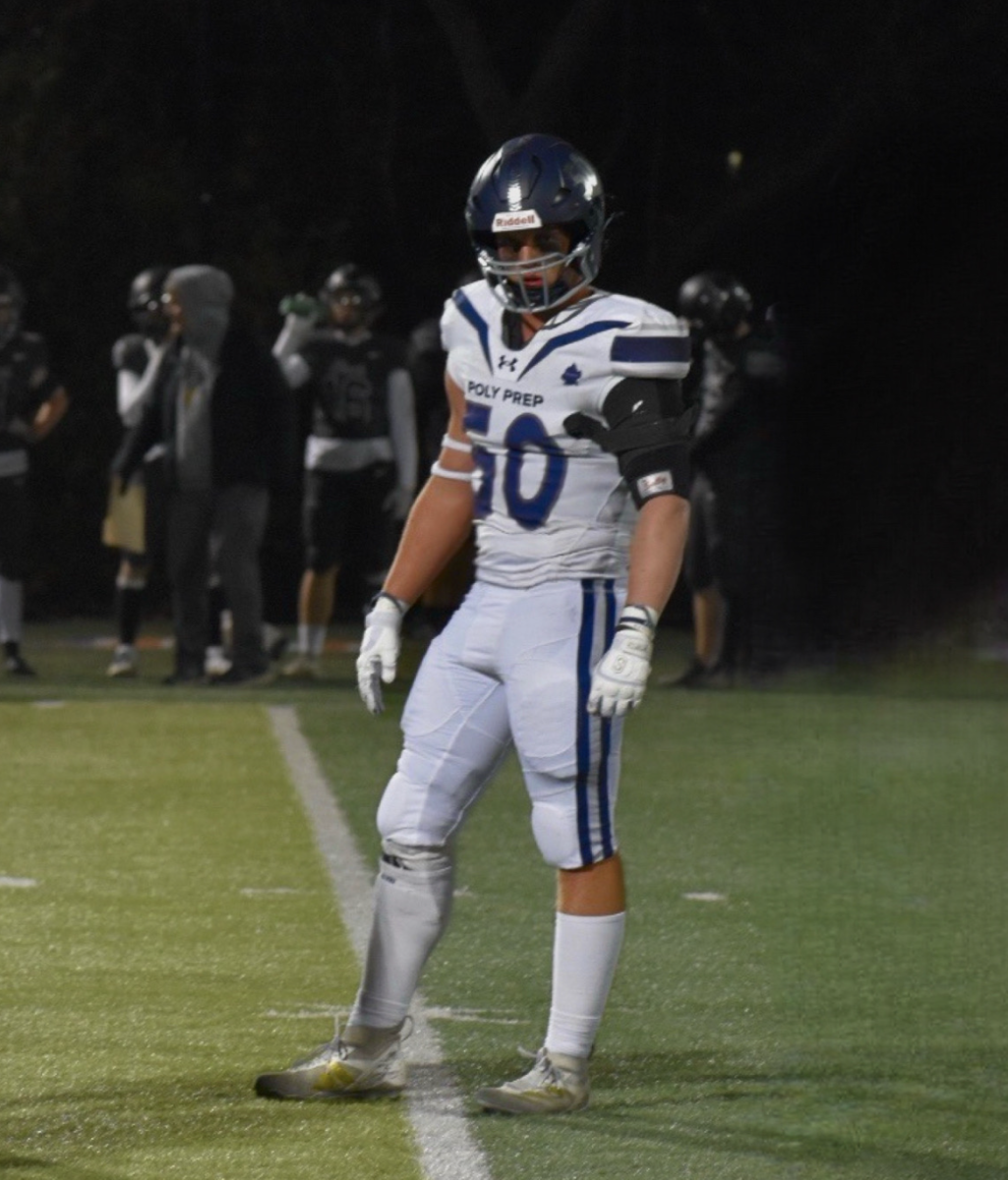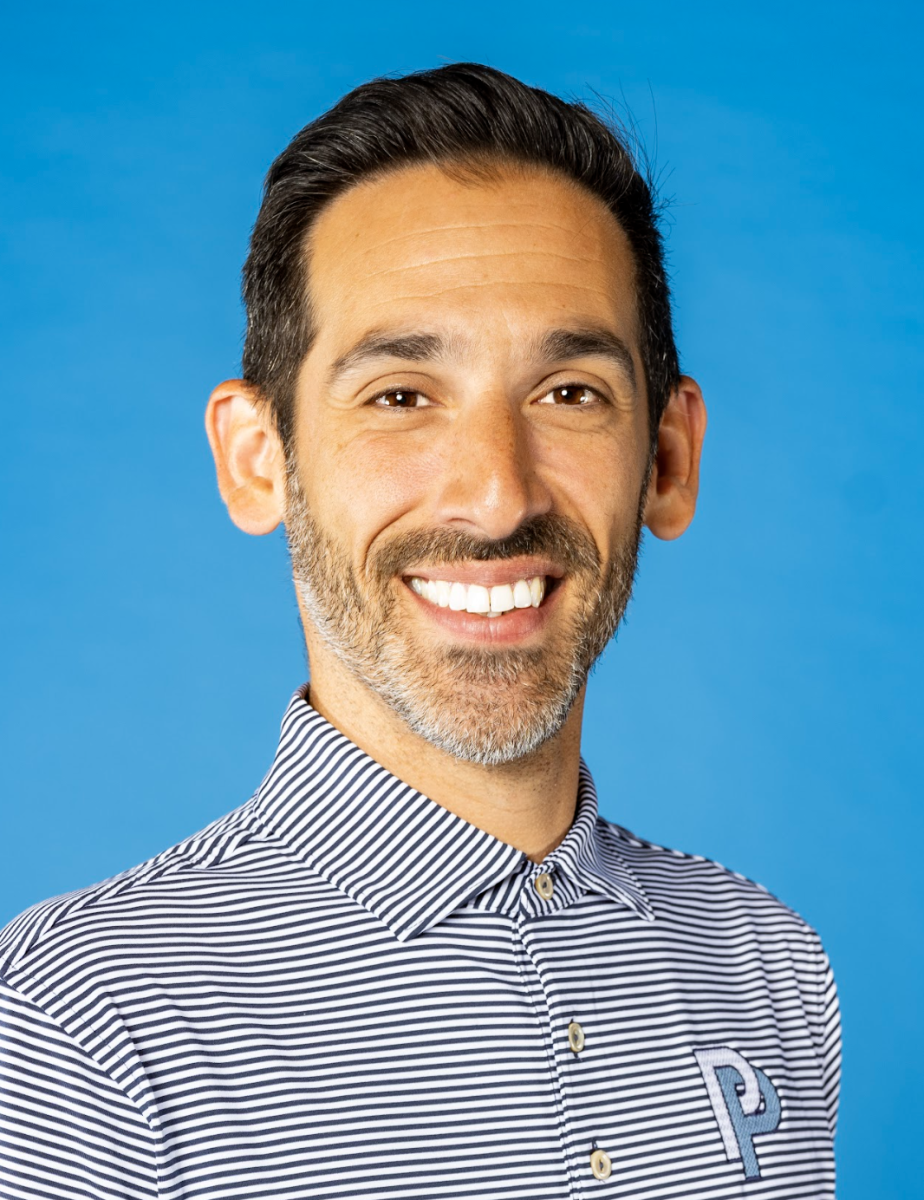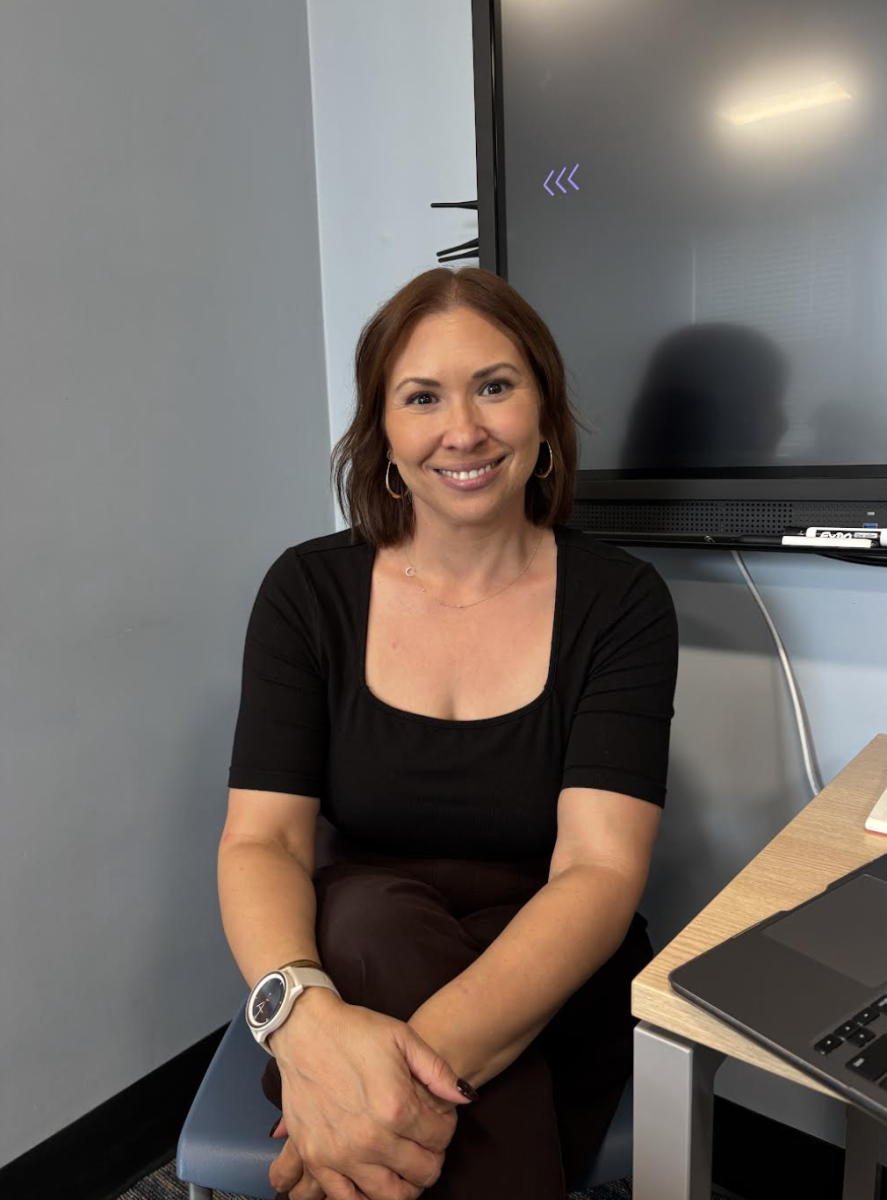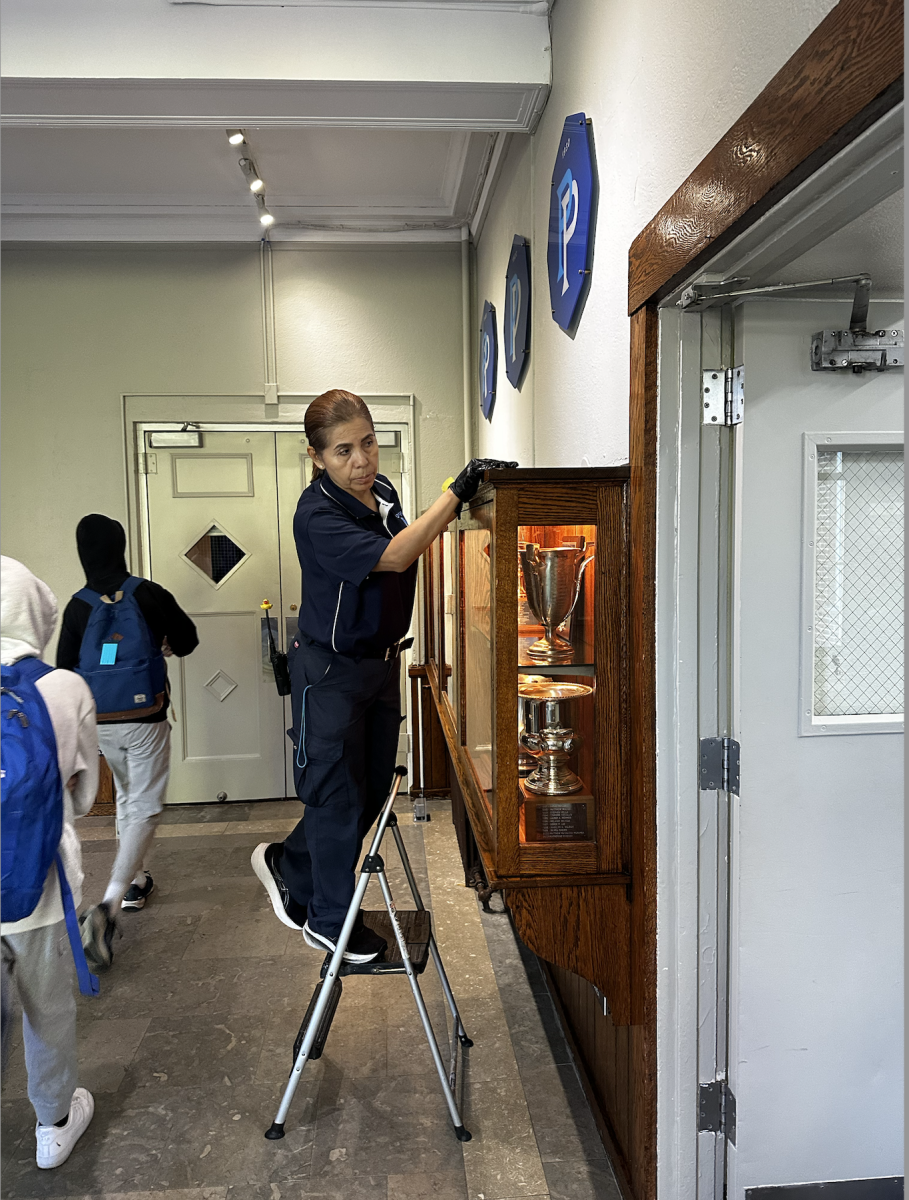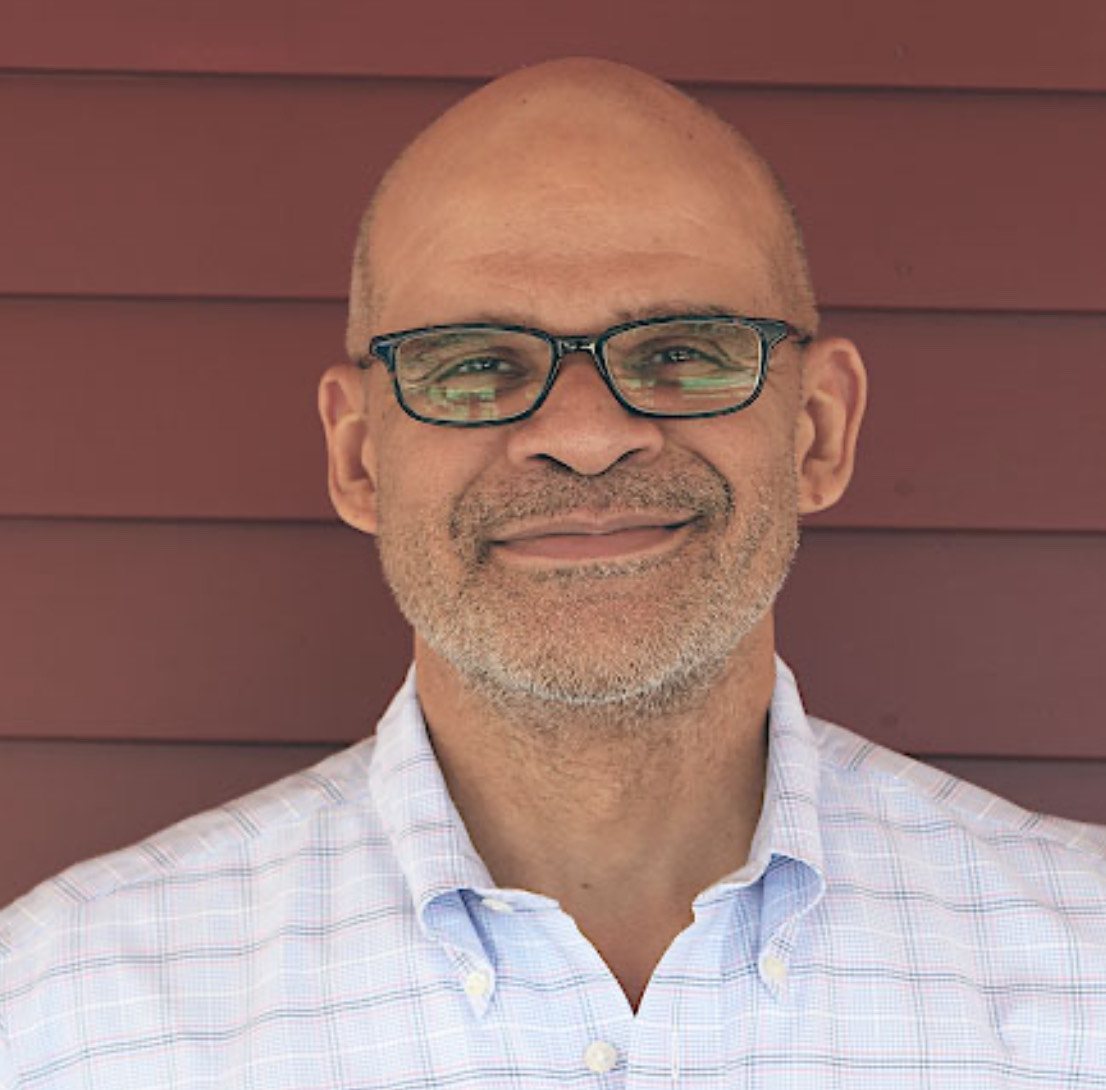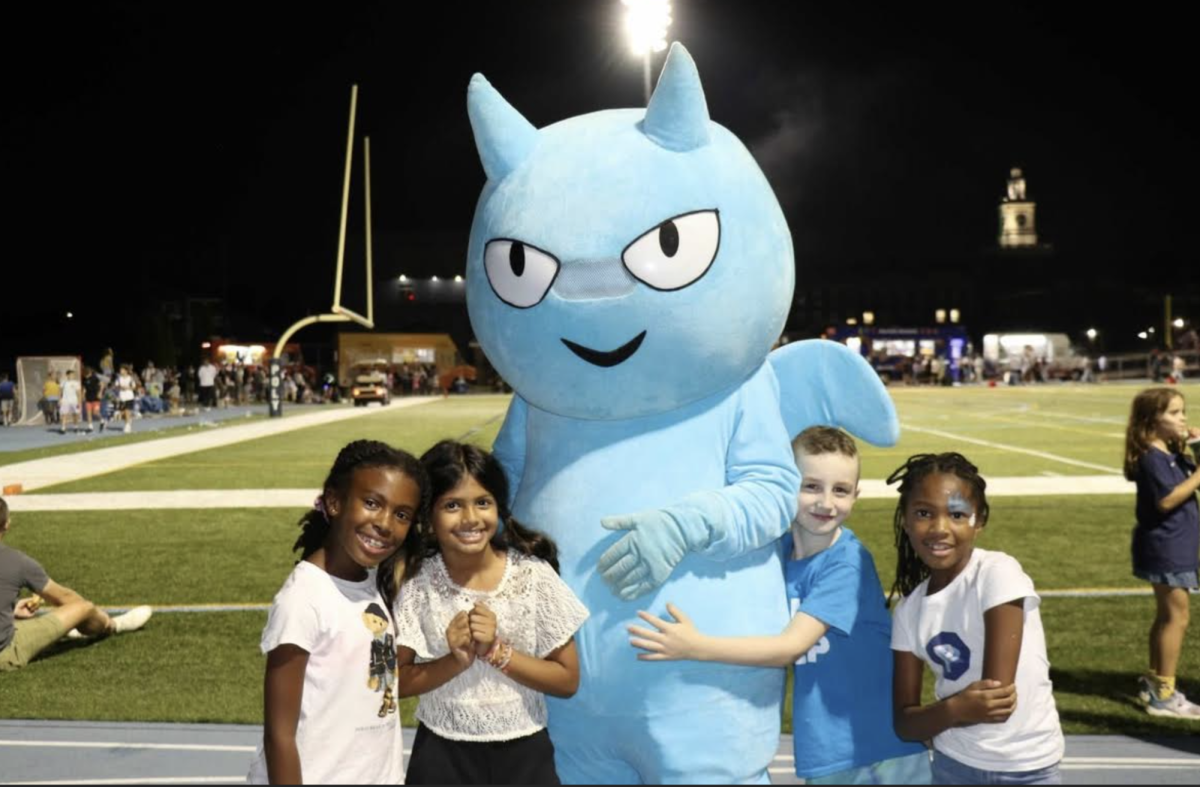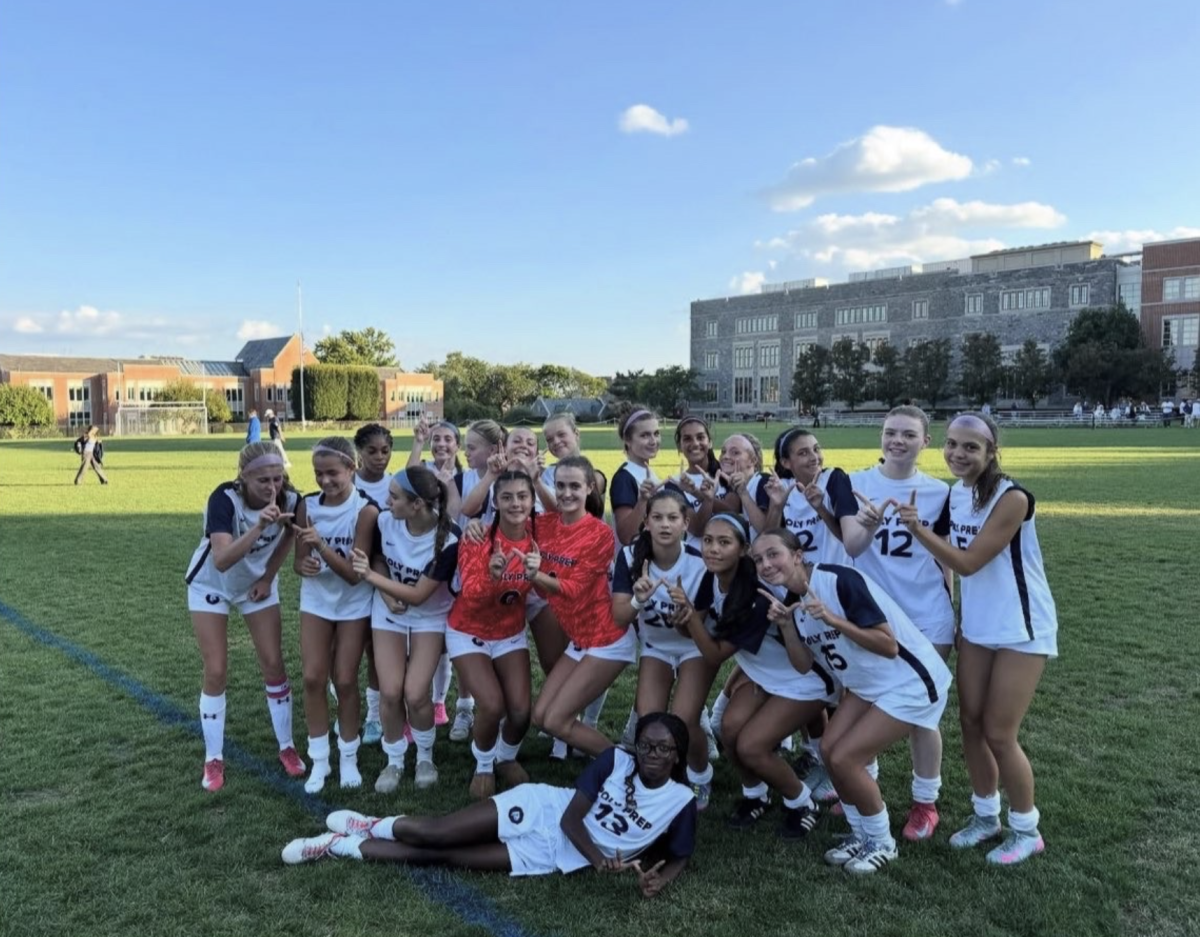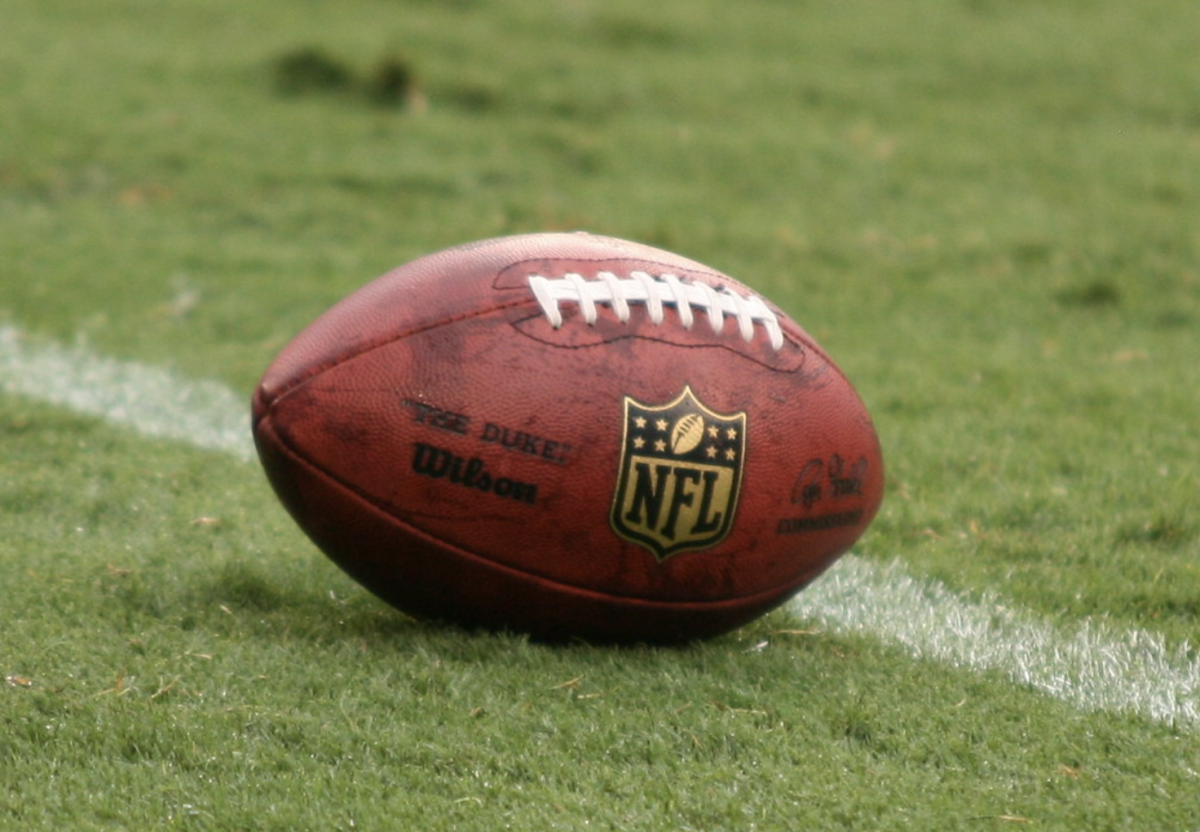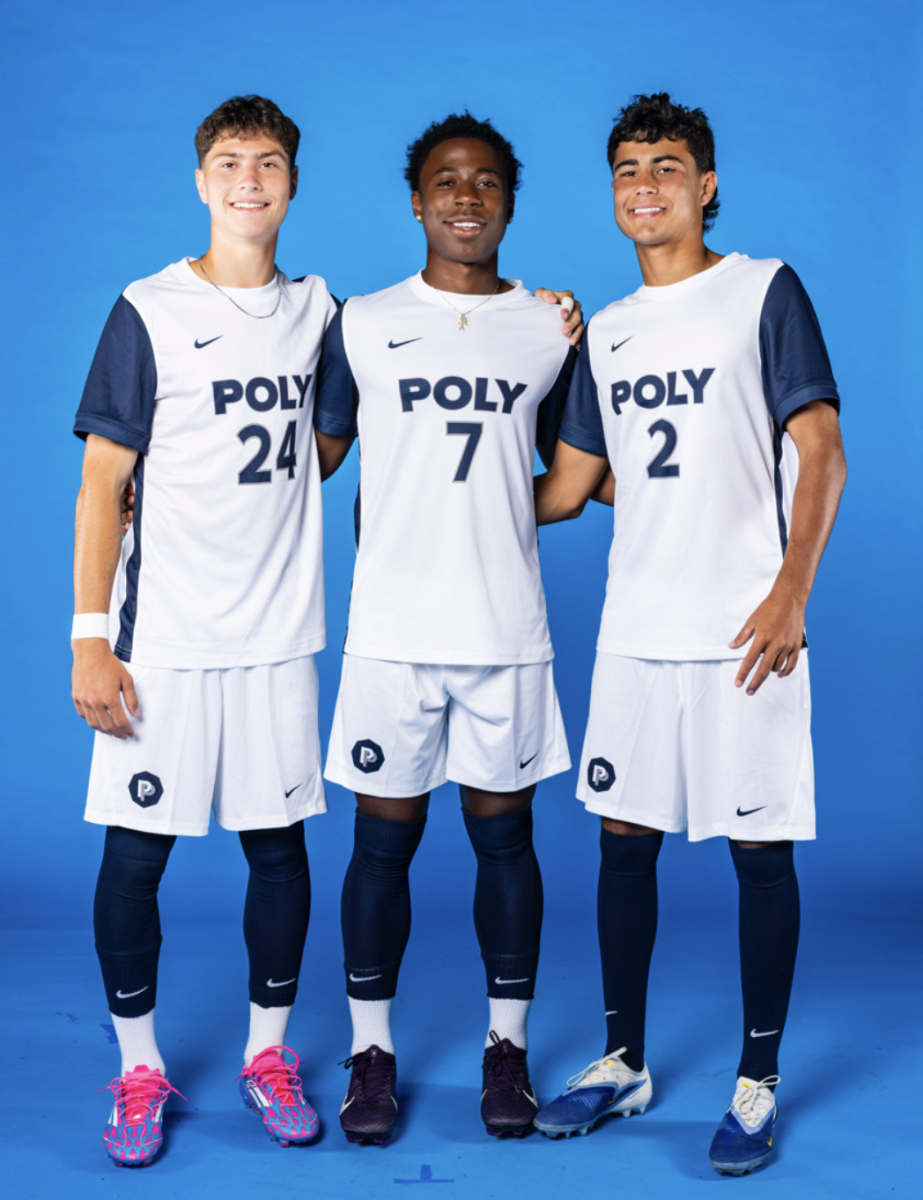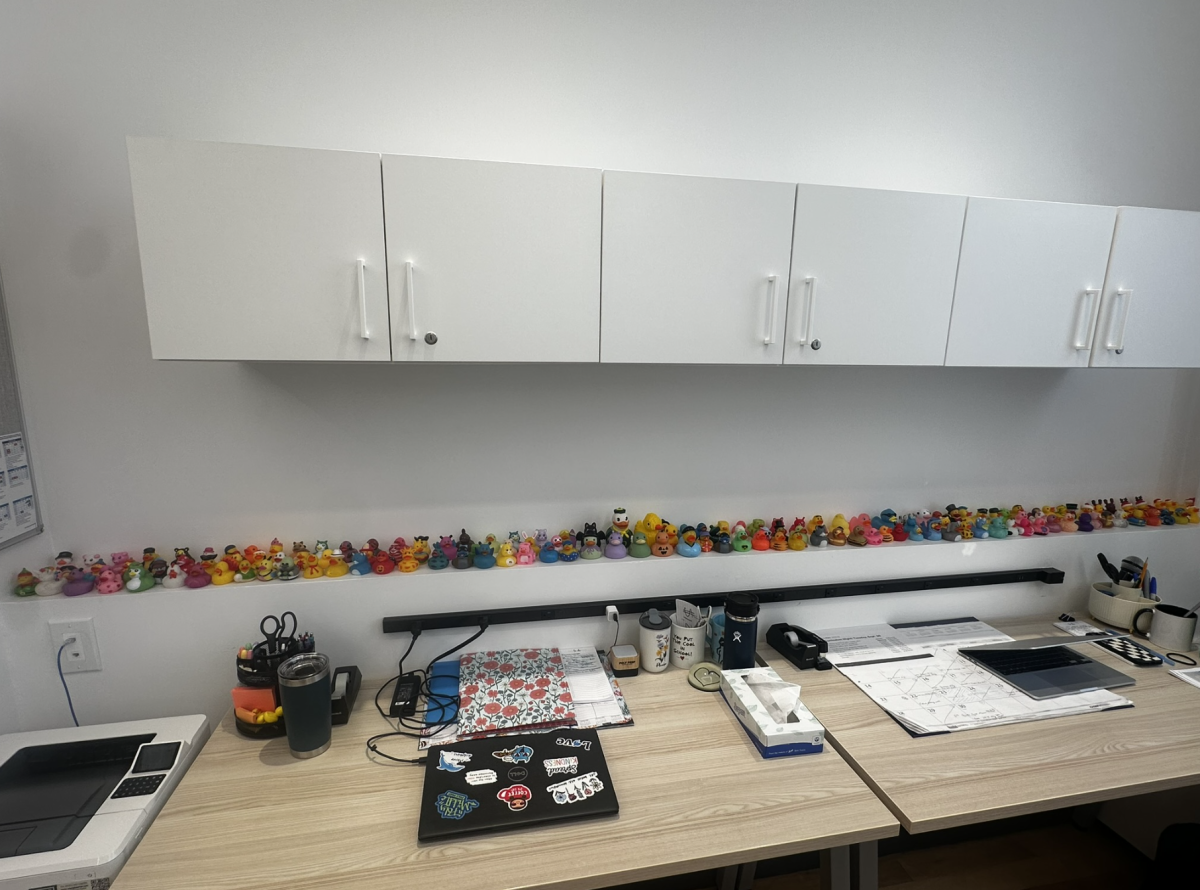This fall, the students in Mr. Sivin and Mr. Larose’s service learning team have been working in three groups to create service projects addressing the Israel-Hamas war, poverty in New York City, and bias and hate speech at Poly. I interviewed the members of these groups to learn about their perspectives on these issues, the work they are doing to address them, and the impact they believe it will have on the Poly community and the world. This interview has been condensed and edited for clarity.
Israel-Hamas War Service Learning Team
Alex Basham, Evan Fischer-Harbage, Harper Giskan, Noah Pessin, Brody Rothenberg, Lasse Savkar
Why did you decide to focus on this conflict?
Lasse Savkar: The October 7th events had just taken place maybe four days before that, and all of us who chose it found it interesting and thought that it would be significant to dedicate our time in service to the people affected by it. Personally, I’ve known a lot about the Israel-Palestine conflict for a while, and I think everyone in the group has some sort of personal affiliation to it in some way.
What is your group’s project? How will it address the conflict?
Evan Fischer-Harbage: The main way we thought we could best contribute was to educate people at Poly about the issue, and the way we decided to do that was to create a newsletter and send it to everybody at Poly with a bunch of sources that we curated and thoroughly went over and wrote disclaimers for.
How did you decide which sources to choose?
EFH: We went through a lot of popular sources and gathered a twenty-source list of recommendations that came from the History department, other faculty, and people in the group, and then evaluated them ourselves as well as evaluating them through this website called All Sides, that evaluates a source’s bias.
Beyond your newsletter, how should Poly students identify what makes a reliable source on this conflict?
EFH: Bias is very prevalent in a lot of sources, and it can be really hard to find, because the bias doesn’t always come in the form of what is said in the source, but rather what is left out. Especially if you don’t have background knowledge, you could be reading a source that goes through what they’re claiming is the history of the conflict and leaves out several key events.
What else can members of the Poly community do to understand and respond to this conflict?
Noah Pessin: I want them to do their own research, because this is such a big deal and it doesn’t seem like there’s going to be an ending very soon, [students should be] doing what they can to educate themselves on their own time.
Brody Rothenberg: I want to see students feel free to talk about the issue without being scared to say the wrong thing, but they also should have information that is accurate, instead of just talking about what they see on TikTok or something.
Urban Poverty
Lucy Lavanigno-Sisk, Diangely Llano, Madison Shepard, City Smith, Ijeoma Stanley
What is your group’s project? How will it address urban poverty?
Lucy Lavanigno-Sisk: We had a bunch of different ideas of what we could bring to Poly to address urban poverty, especially because we’re talking about issues in New York…We thought of the idea of doing an information session at the Packout Day last weekend. We showed a short video and created pamphlets.
Madison Shepard: We also wanted to talk about addressing positionality, and how the positions that we’re in could positively or negatively affect the stereotypes we hold with us when approaching other people in our world.
MS: This weekend, there’s going to be a forum with One Love Community fridge about urban health, and we’re moving forward with trying to create Financial Literacy as not an elective, but as a required course, or something you can take that falls under the History or Math requirements. We’re really looking forward to seeing that happen this year.
How can members of the Poly community become involved in your work?
Ijeoma Stanely: Since we partnered with One Love Community Fridge for our Packout Day, googling the organization and looking at all the locations of their fridges around New York City would be really useful, [so that] they can donate their own fresh fruits and vegetables. On the pamphlet, we explain which neighborhoods in New York are considered food deserts, which don’t have access to nutritious or inexpensive food.
Bias and Hate Speech
Lowie Giles, Sheimy Solis, Samuel Swartz, Jordin Walker
Why did you decide to focus on addressing hate speech?
Jordin Walker: We’ve interviewed deans and other teachers [about hate speech]. After we interviewed them, we got an idea of what [hate speech] was like, how it was back then for them, and how it has grown progressively over time up to now, where we see it not only on social media, but also at schools, on the street. It’s kind of everywhere.
Sam Swartz: I was interested in this because I think everyone has a different perspective and a different idea of what hate speech and bias look like, and everyone has had different experiences, so I was interested to see and hear different stories from different people.
Sheimy Solis: I honestly chose [to focus on hate speech] because I feel like it’s a very prominent thing in our modern-day society, and it’s either not really addressed or it’s just sort of accepted, and I don’t think that’s okay.
What is your group’s project? How will it address hate speech at Poly?
Lowie Giles: What we’ve been working on with help from a multitude of staff and also Ms. Freeman is creating informational slideshows not only for an assembly, but also for a possible staff meeting. From students speaking to students, and also students speaking to teachers, we can create a new perspective on how hate speech looks in this current day and age…so we created two slideshows defining the concepts of hate speech and bias. [For the slideshow that] we would theoretically put in assembly for high school students, we did research about experiences kids around the country had with hate speech. For a faculty-based meeting, we specifically looked at an incident [of blackface] that happened in 2019 that was not handled correctly and caused a lot of controversy for the school to inform teachers about student response and how they can more properly handle students’ emotions and how to navigate a situation like that.



